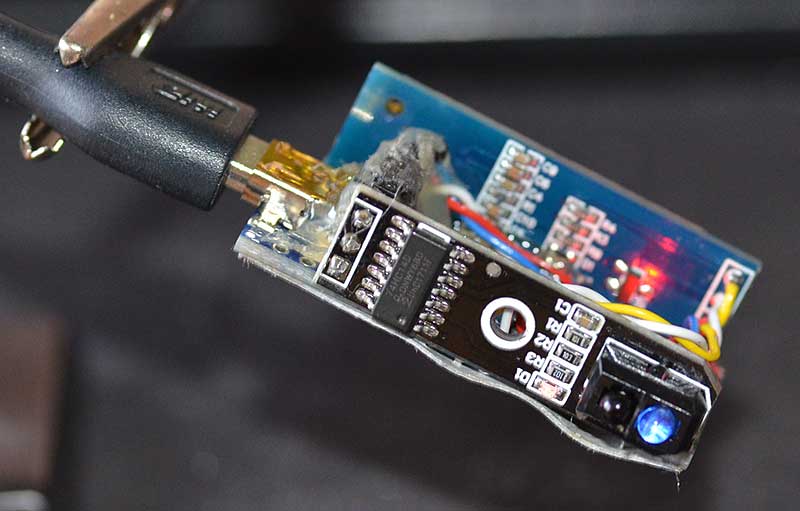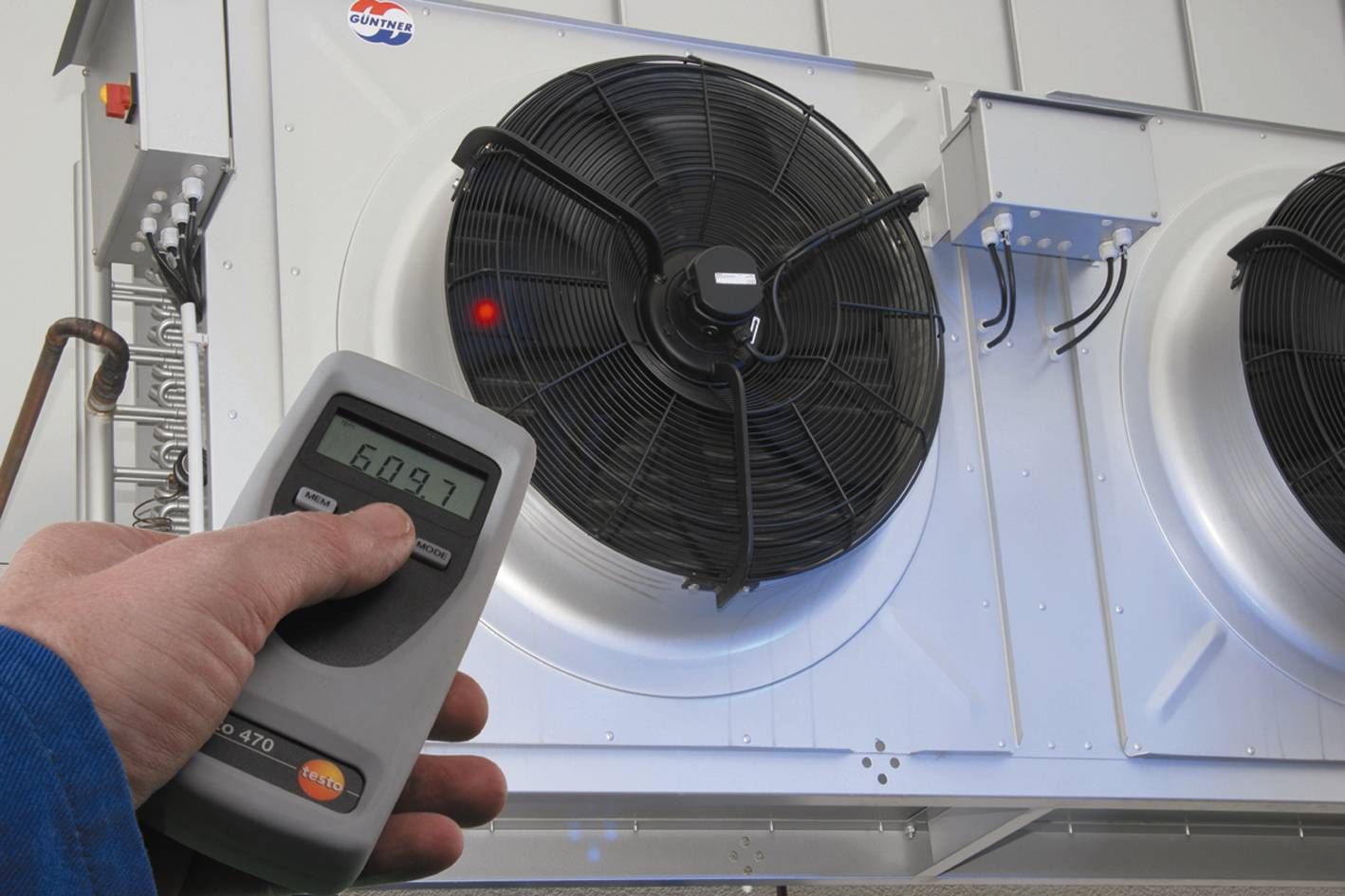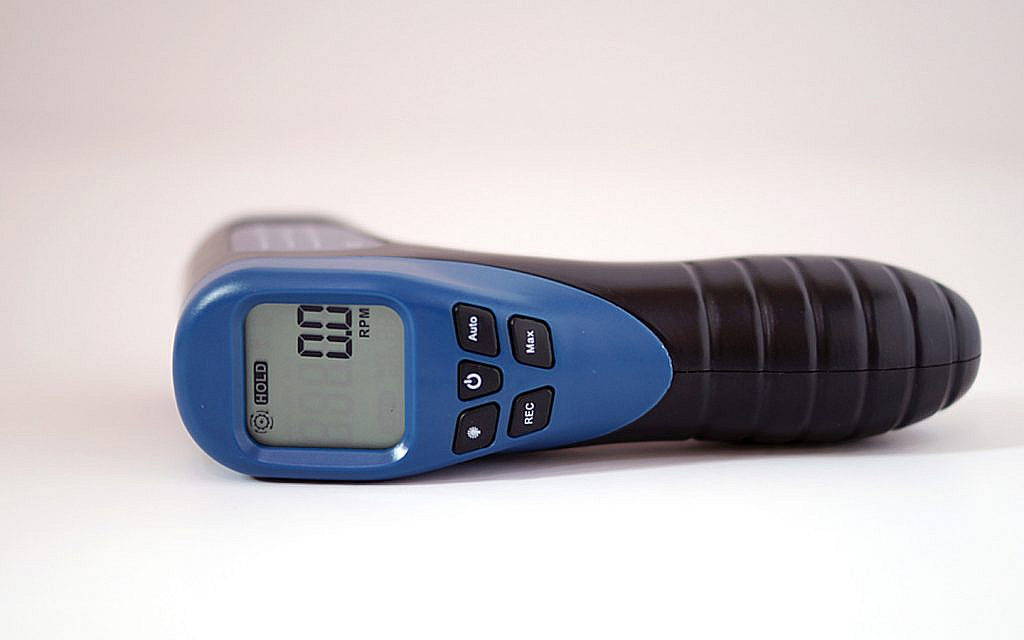Have you ever wondered what is a photo tachometer and why it is so crucial in various industries? A photo tachometer is an essential device used to measure the rotational speed of an object without making any direct contact. It employs a photo sensor to detect the speed of a rotating part, making it indispensable in fields like manufacturing, automotive testing, and various QA applications.

What is a Photo Tachometer?
A photo tachometer is a non-contact instrument that measures the rotational speed using light. It uses a reflective marker placed on the rotating object. When the marker passes by the sensor, the light reflects, allowing the tachometer to calculate the speed based on the number of sensor detections within a specific time frame.
The Mechanism
At its core, the mechanism involves a sensor emitting light and detecting its reflection. The device counts how many times the light is reflected in a given period, translating this into an RPM (rotations per minute) measurement.
Advantages of Using a Photo Tachometer
Contactless Measurement
Being contactless, it eliminates the wear and tear associated with traditional tachometers. This feature is particularly beneficial in semiconductor wafer polishing.
High Precision
It provides high precision and can measure very high speeds, making it invaluable in high-speed manufacturing settings.
Safety
Since it doesn’t require physical contact, it ensures safety, especially in hazardous environments such as paint and coating application areas.
Applications in Various Industries
Manufacturing
In manufacturing sectors, photo tachometers are utilized for machine and motor speed verification, which is key to maintaining consistent production quality.
Automotive Testing
Used widely in automotive testing, these devices help determine the performance metrics of engines and other rotating parts.
Quality Assurance (QA)
QA professionals use these tools to ensure machines and equipment comply with regulatory speed standards. In high-speed genetic analysis, for example, precision is vital.
How to Use a Photo Tachometer
Preparation
Begin by placing a reflective marker on the rotating object.
Operation
Start the rotating object and aim the tachometer at the marker. The device will detect the marker and calculate the RPM.
Interpretation
Read the digital display to get the speed measurements. Some devices offer memory storage for successive tests.
Care and Maintenance
Cleaning
Regularly clean the sensor to avoid dust accumulation, which can hinder performance.
Calibration
Periodic calibration is necessary for maintaining accuracy. Refer to the manufacturers manual for guidelines.
FAQs
1. How accurate are photo tachometers?
Most high-quality photo tachometers offer precision within 0.01% of the actual speed, making them highly reliable for professional use.
2. Can it measure the speed of any rotating object?
Yes, as long as you can place a reflective marker and the object rotates within the tachometer’s detectable speed range.
3. Is it safe to use in all settings?
Photo tachometers are designed for safe use in various settings, though you should always follow safety guidelines and manufacturer instructions.

Conclusion
In conclusion, a photo tachometer is an invaluable tool for industries that require high precision and safety in speed measurements. Its advantages, ranging from contactless measurement to high accuracy, make it a favored choice among QA professionals.
